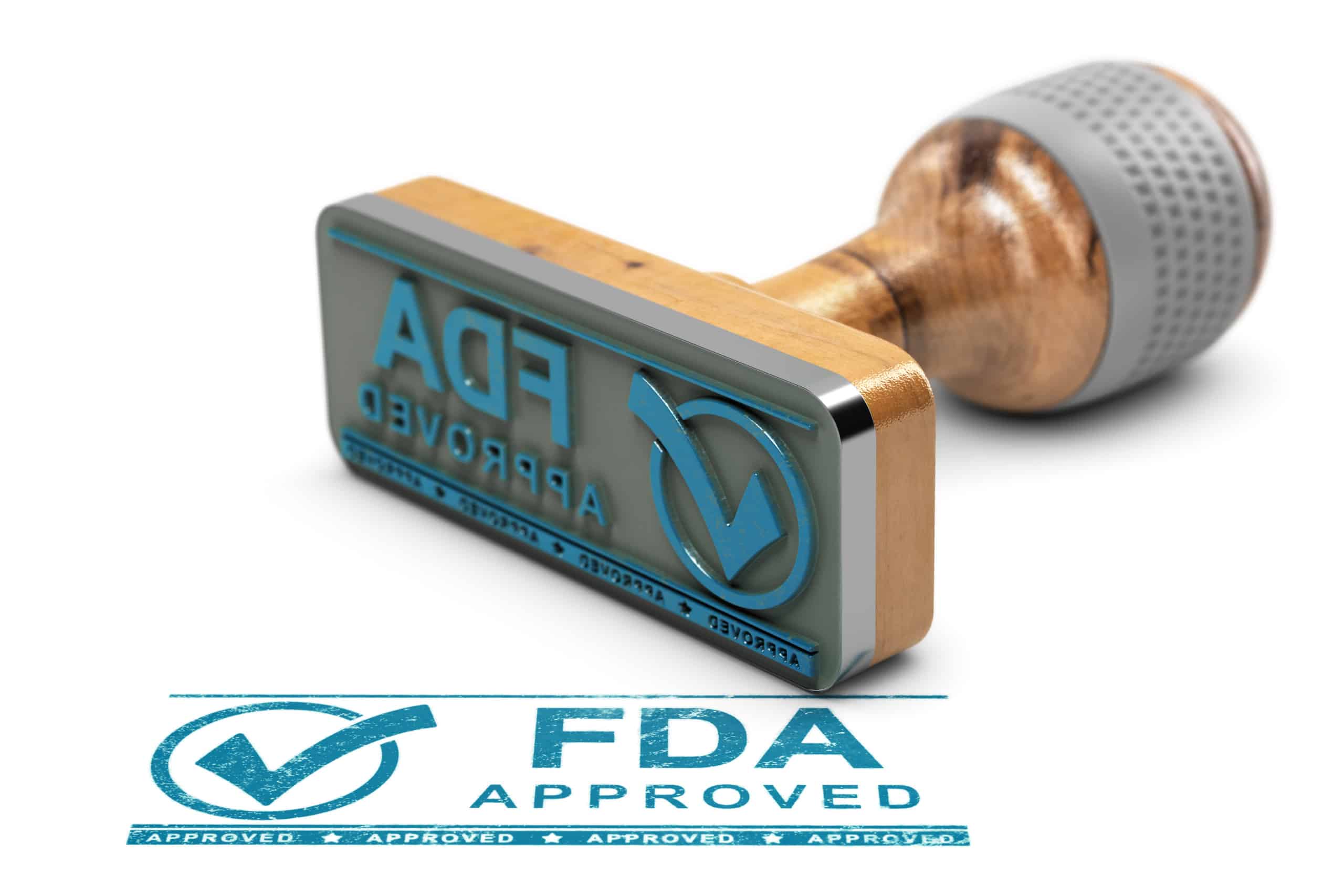January 7, 2022
IQVIA
"A merger between Quintiles and IMS in 2016 resulted in IQVIA. We evaluated the merger as a positive development and became shareholders in 2018."
January 7, 2022
"A merger between Quintiles and IMS in 2016 resulted in IQVIA. We evaluated the merger as a positive development and became shareholders in 2018."

Introduction
The company consists of three segments, two of which are responsible for 95% of the total turnover:
Management
Ari Bousbib leads IQVIA as CEO. He has been in his current role since November 2017 and was previously the CEO of Quintiles. 88% of his remuneration links to the achievement of multiple goals, including total shareholder returns versus competitors and “diluted earnings per share” over a three-year period. The addition of “diluted” ensures that management does not dilute current shareholders with share issues, for example to realize profit growth through sub-optimal acquisitions. For other members of the management team, 76% of their compensation links to similar objectives.
Valuation
IQVIA held an investor day in November 2021. Management expects 10-12% revenue growth and continuous margin improvement through 2025, which translates into earnings per share growth of >14% per year. These expectations are ~2% higher than expectations in IQVIA’s previous investor day. IQVIA is currently trading at 28x projected 2022 earnings, which is attractive compared to other defensive healthcare companies, and given management’s tendency to communicate conservative outlooks.
ESG
IQVIA has a strong ESG element. The RD&S segment accelerates the production of medicines and vaccines. In addition, the TAS segment enables healthcare firms to make larger decisions and allocate capital efficiently using big data. IQVIA also has a separate ESG Committee that reports directly to the CEO. During Covid-19, senior members of IQVIA donated to the IQVIA Care program that supported 2,200 IQV employees. According to Forbes and Fortune, IQVIA is one of the “World’s Best Employers” and “World’s Most Admired Companies”, respectively.
Risks
IQVIA’s RD&S segment relies on spending from pharmaceutical companies. RD&S sees negative impact if firms develop less medicine in the future. However, we see firms developing more and more complex drugs over time. In addition, IQVIA had a book-to-bill of 1.4x in the last reported quarter. That means for every dollar of sales made, they have another $1.40 worth of orders. These two points give us confidence that IQVIA can enjoy stable revenue streams for years to come. Another risk is the relatively high debt levels, which we believe they can handle. In our view, the choice to continuously buy back shares at current valuations is an efficient use of capital.